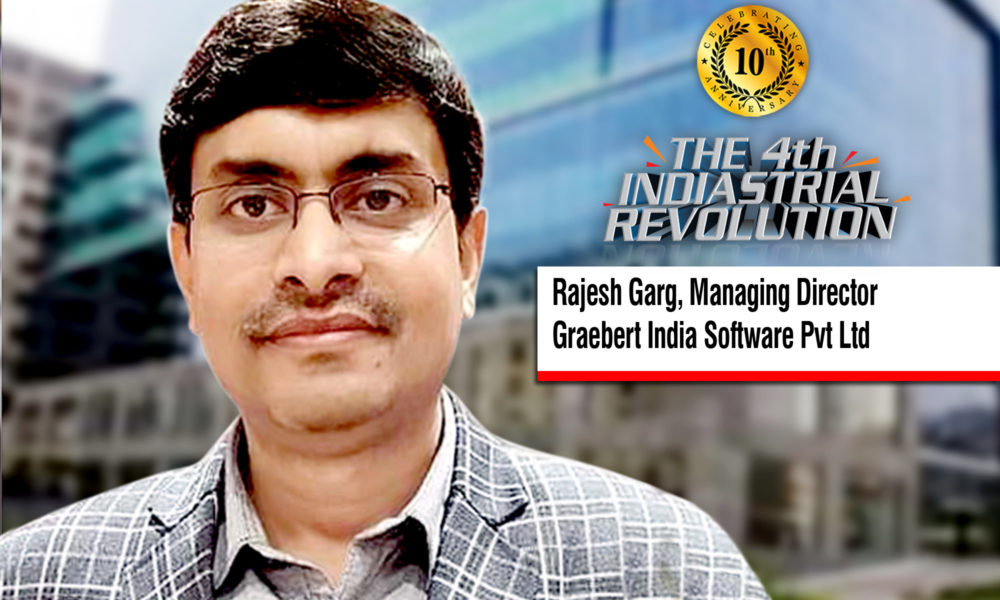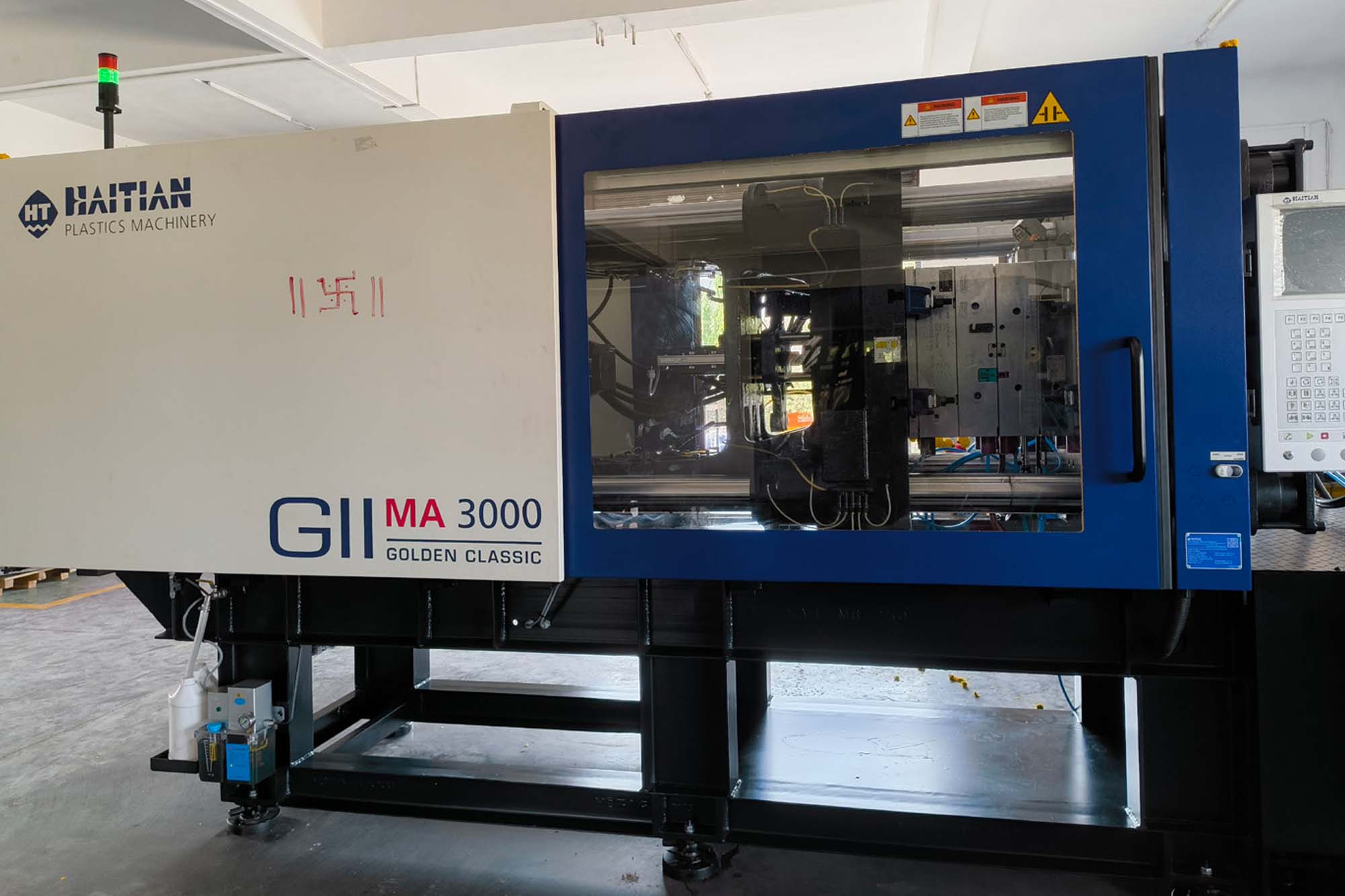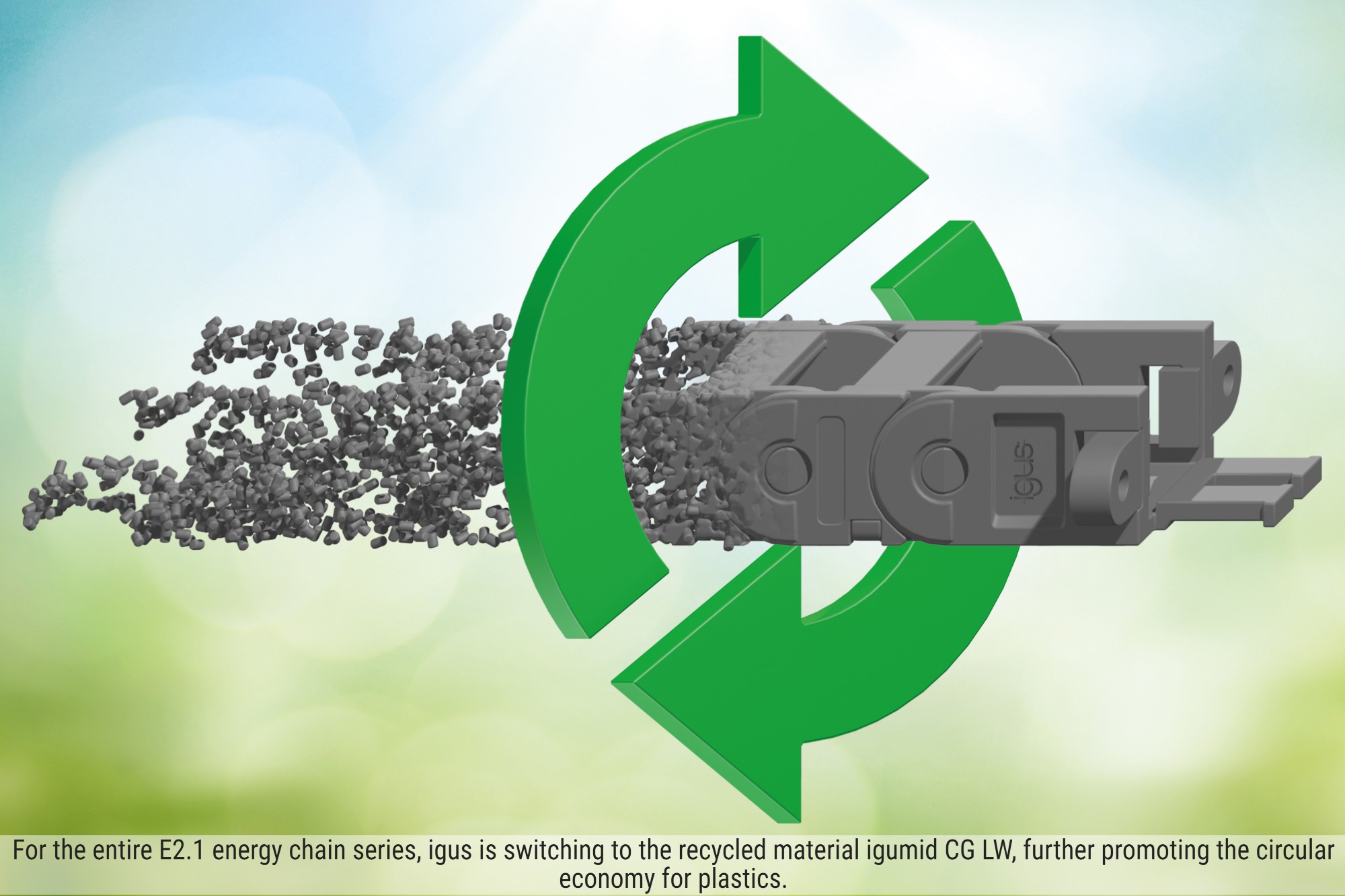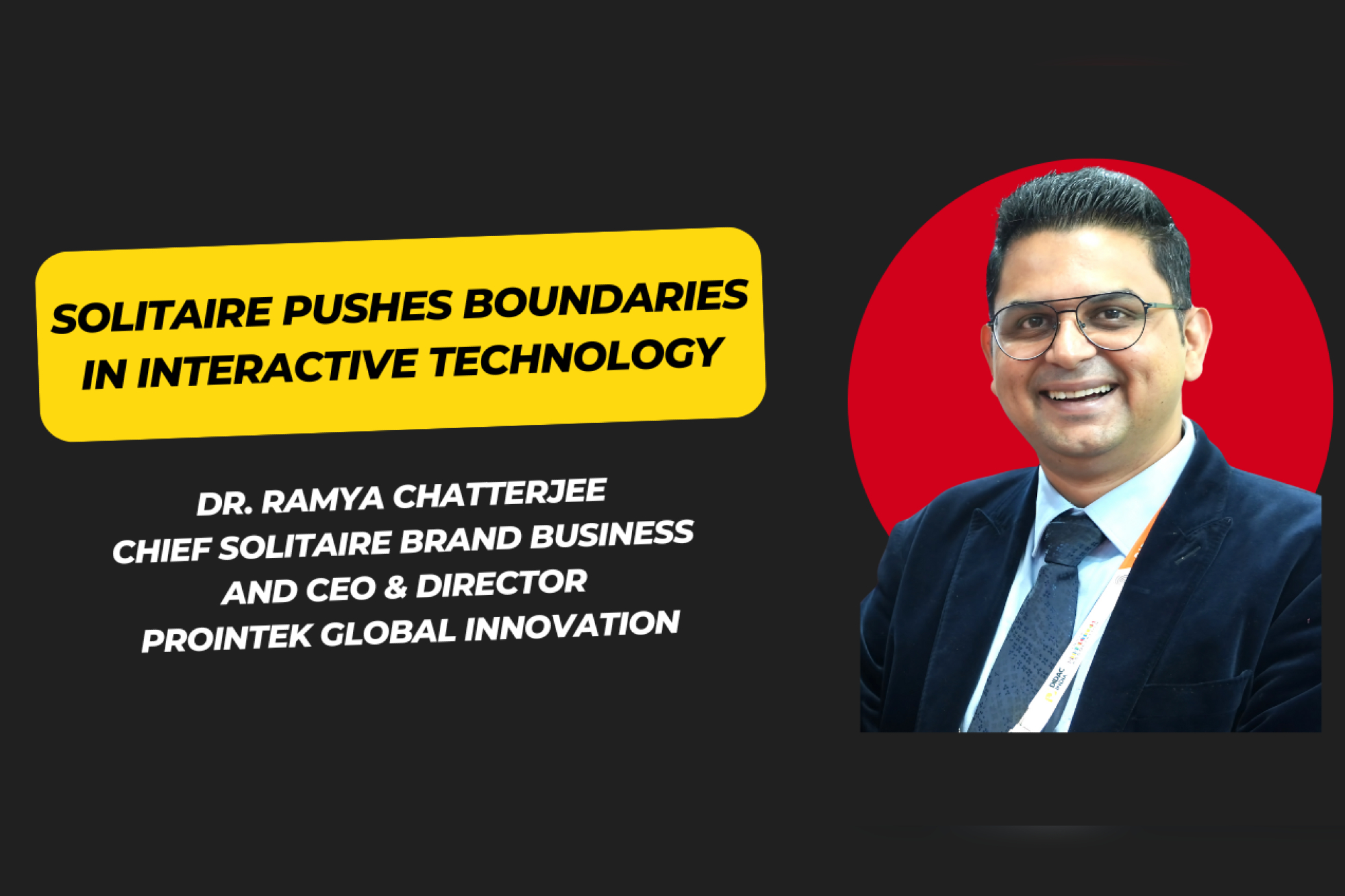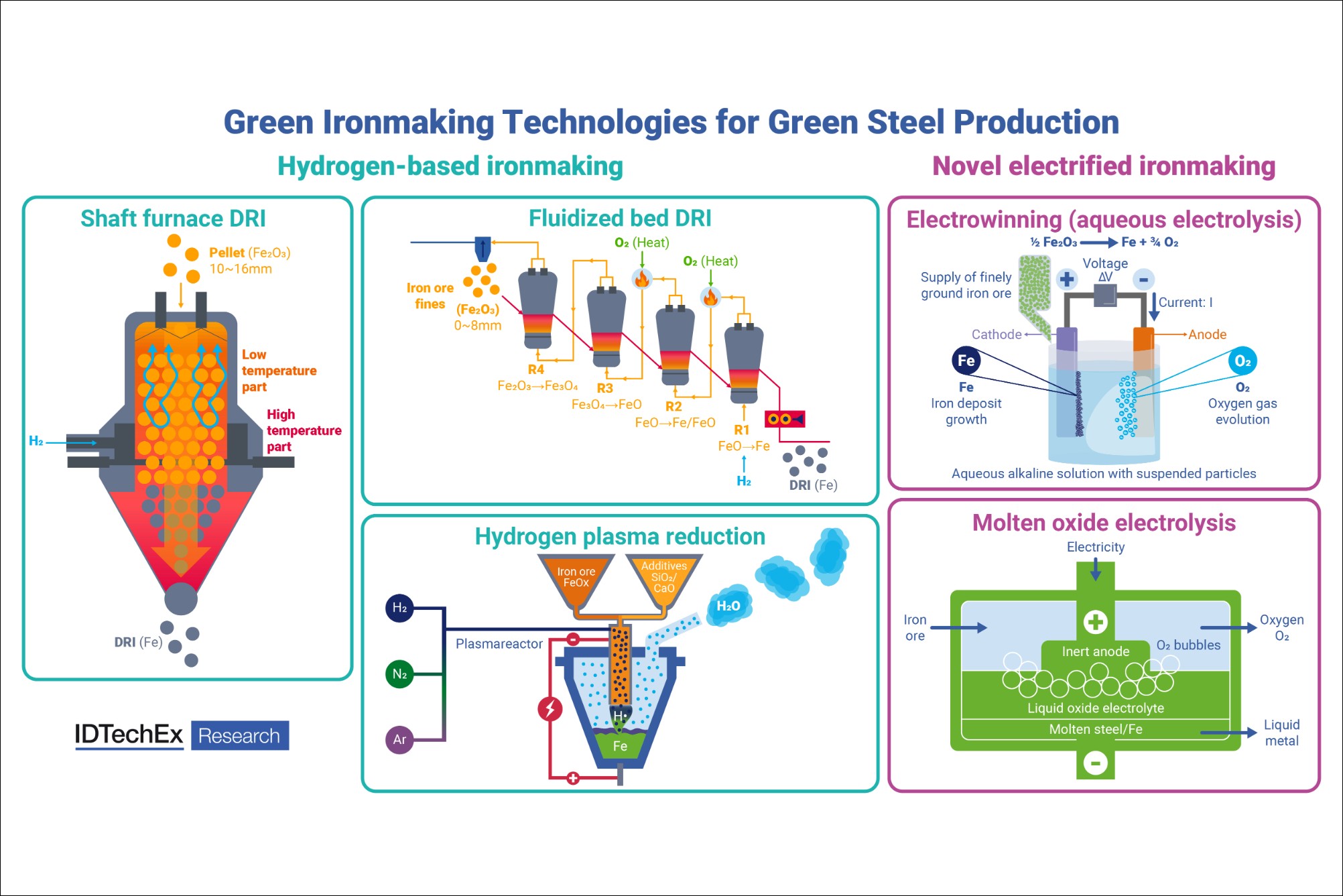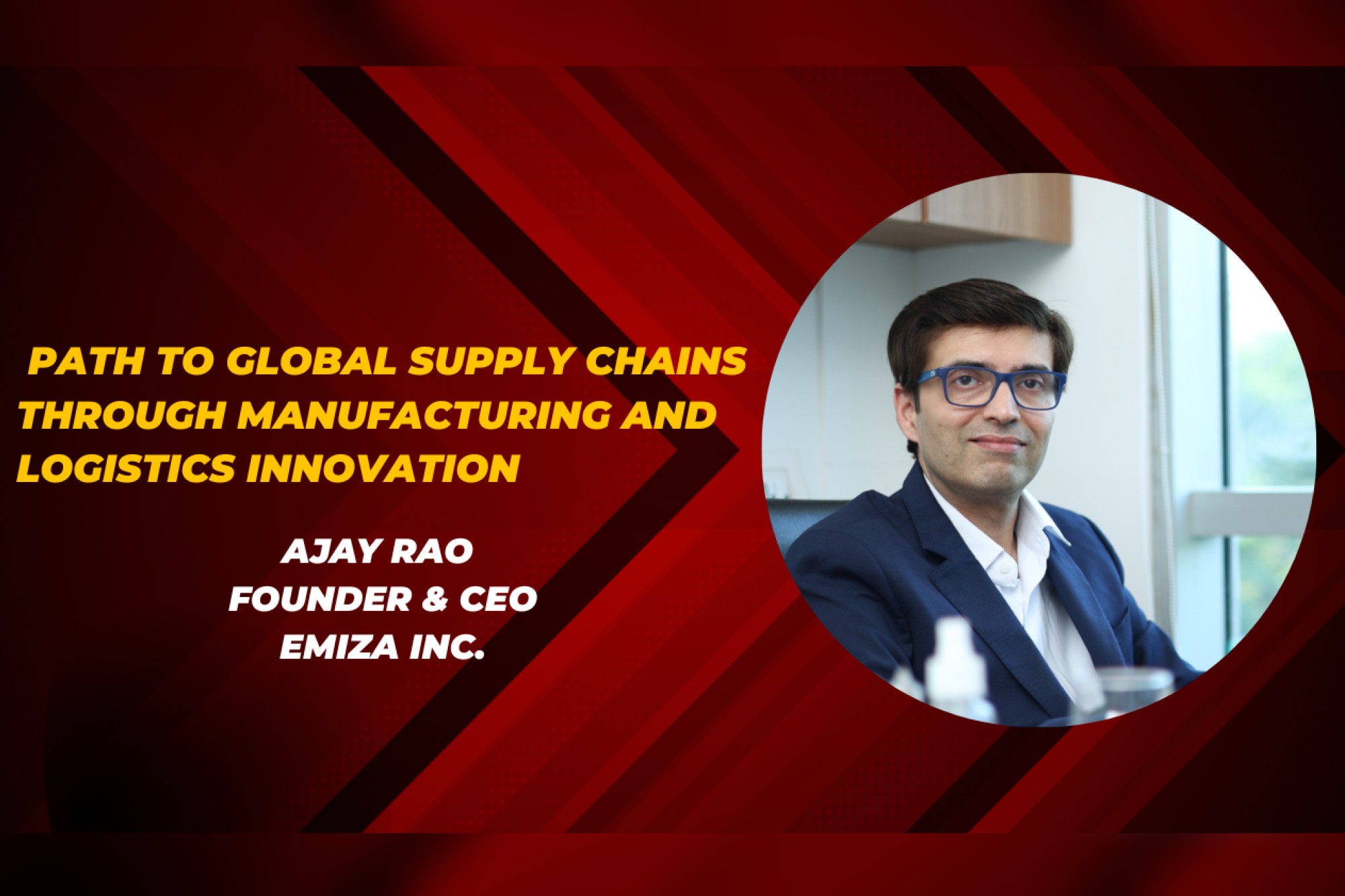Smart maintenance: Enables for machine-as-a-service
By OEM Update Editorial June 17, 2019 5:27 pm IST
The disruptive power of Industry 4.0 is considered to be strong enough to trigger a fourth industrial revolution, according to Rajesh Garg, MD, Graebert India Software Pvt. Ltd.
Transformation phase
For Digital India concept we need to use more Internet and online technologies. Industry people need to invest in latest software and trainings, more computer synchronisation in robotics, CNC, system modelling, and simulation. The challenge is to understand the technology and invest in it. This is the time when industry is going through the transformation phase.
Fourth industrial revolution
This part of fourth industrial revolution, also referred as an era of disruptive technologies and knowledge economy, is defined as agglomeration of three pillars, which are Information and Communication Technology (ICT), a vibrant landscape that counts private sector, civil sector and academia as its backbone, and institutional structures that offer incentives for entrepreneurship. Modern day technologies like CAD on cloud, artificial intelligence, Internet of Things (IoT), blockchain, 3D-printing, machine learning, robotics, and data science are by-products of this era.
Toolbox of technologies
As far as I know, Industry 4.0 can be described as a toolbox full of new technologies with the potential to boost the efficiency and flexibility of plant and supply chain operations. These tools range from smart automation (collaborative and self-adaptive robots, 3D vision, etc) to real time and machine-to-machine communications (IoT, cyber physical systems) and data analytics (off-line and predictive processes).
The disruptive power of these technologies is believed to be strong enough to trigger a fourth industrial revolution, after steam at the end of the 18th century, electricity and mass production at the beginning of the 20th, and electronics and IT around the 1970s.
Scenarios that could lead to smart factory disruption
Cyber Physical Systems (CPS) change the existing automation hierarchy. But, there might not be a need for five layers in the future. The vision is that sensors send data directly to the cloud. Services such as production scheduling automatically subscribe to necessary data in real-time – this is the vision of CPS.
Smart maintenance as an enabler for Machines-as-a-Service. In the last 10 years, centralised computing and novel software architectures have given rise to a phenomenon called Software-as-a-Service (SaaS). With the Industrial Internet of Things (IIoT), this model could find its way into the smart factory. But, the model doesn’t stop at industrial software packages, it could also be applied to machines themselves. Cloud-based operating data and real-time condition monitoring of machines enables machine manufacturers to be in full control of the operation at all times. This could lead to a smart factory where machine capacity is sold by the hour or even by utilisation (much like a car sharing service).
Next scenario is end-to-end automated decision-making. The big data analytics wave is in full swing in the consumer world. This kind of analytics is entering the smart factory. Whether it is finding the best production setup, optimising the current schedule or improving quality defects, all of these tasks are going to be aided by analytics. Even more so, we will likely see processes become completely automated based on smart algorithms. The path is pretty clear. What remains somewhat unclear is the implementation.
‘One-piece no-flow’ production setup is another scenario. For many years, the paradigm of manufacturing has been the ‘one-piece flow’. One-piece flow allows maximum transparency, minimum waste, and low inventories. But, this may change in the smart factory of the future. The “one-piece” aspect of manufacturing becomes even more a necessity now that customers demand tailor-made products. Assembly line may die out. The ability of future manufacturing systems to steer complex operations from the cloud, paired with the arrival of hyper flexible super robots may lead to production setups where each product takes a different, but well-controlled route between different work-centres. Sharing of resources and cleaning the non-required data is the way to deal with it.
Making a smart factory
Just as there is no single smart factory configuration, there is likely no single path to successfully achieving a smart factory solution. Every smart factory could look different due to variations in line layouts, products, automation equipment, and other factors. However, at the same time, for all the potential differences across the facilities themselves, the components needed to enable a successful smart factory are largely universal, and each one is important: data, technology, process, people and cyber security. Manufacturers could consider which to prioritise for investment based on their own specific objectives.
Fast production and immediate update to changes, and within no time your design is ready in cloud and manufacturing machines can start working in any part of the globe.
The use of cloud solution and connected manufacturing is that all changes will be applied instantly. Based on your observation and data input you can modify the data and requirements. Graebert’s cloud-based CAD solution is one of the steps towards this.
The cloud is deeply improving workflows and collaboration. Instead of relying on files copied and shared from one device to another and from one user to another, you make sure all the users and devices have instant access to the latest version. The solutions become a service that can be deployed at a much larger scale without the hassles of installs, updates and licenses. It makes it easier to manage privileges for each user and control how they can access and interact with the data.
Using AI technologies in manufacturing
We use Amazon Web Services (AWS) technology. AWS has granted ‘Industrial Software Competency’ status to CAD software developer Graebert GmbH.
Construction components manufacturer Nuesing is a Graebert CAD user. “With Ares Kudo we can potentially log in on any computer and access our drawings online. We can also generate a URL that external users such as customers can use to read our files without editing rights.”
Some of the AI technologies available for AWS partners include automatic translation, speech to text or image analysis. Leveraging such technologies we could offer live translation of texts in our CAD drawings or automatically tag inserted images with specific keywords if the system detects on a picture. Annotating CAD drawings with voice converted into text is another example. You can also train an AI to analyse the content of the projects and derive from there information for real-time cost estimation or planning. These are simple and practical examples that can easily be implemented.
AWS’s secure, agile, and scalable platform and comprehensive set of IIoT, analytics, and machine learning tools allow you to develop smart factories and products, provide insights to increase your operational efficiency, and accelerate your pace of innovation. Our virtually unlimited storage and high performance computing capability enables you to innovate faster, rapidly design and verify new products, and scale seamlessly to meet increasing demand.
AWS allows you to focus your resources on optimising production, creating new smart-product business opportunities, and improving operational efficiencies across the value chain, while improving your security posture and lowering your IT and OT cost structure.
Industry’s roadmap for the future
Even more transformative change is on the way. Global competitive intensity will rise as global players expand from their vast domestic market. Governments are examining the entire engineering value chain and beyond with an eye toward addressing externalities. Technological advances, including interactive safety systems, machine connectivity, and, ultimately, computer operated machines, will change the game. The automobile, mechanical to its soul, will need to compete in a digital world, and that will demand new expertise and attract new competitors from outside the industry. As value chains shift and data eclipses horsepower, the industry’s basic business model could be transformed.
Global competitive intensity will rise as global players expand from their vast domestic market
Rajesh Garg, Managing Director, Graebert India Software Pvt Ltd
Cookie Consent
We use cookies to personalize your experience. By continuing to visit this website you agree to our Terms & Conditions, Privacy Policy and Cookie Policy.



